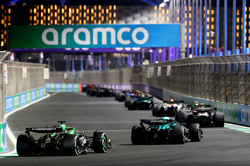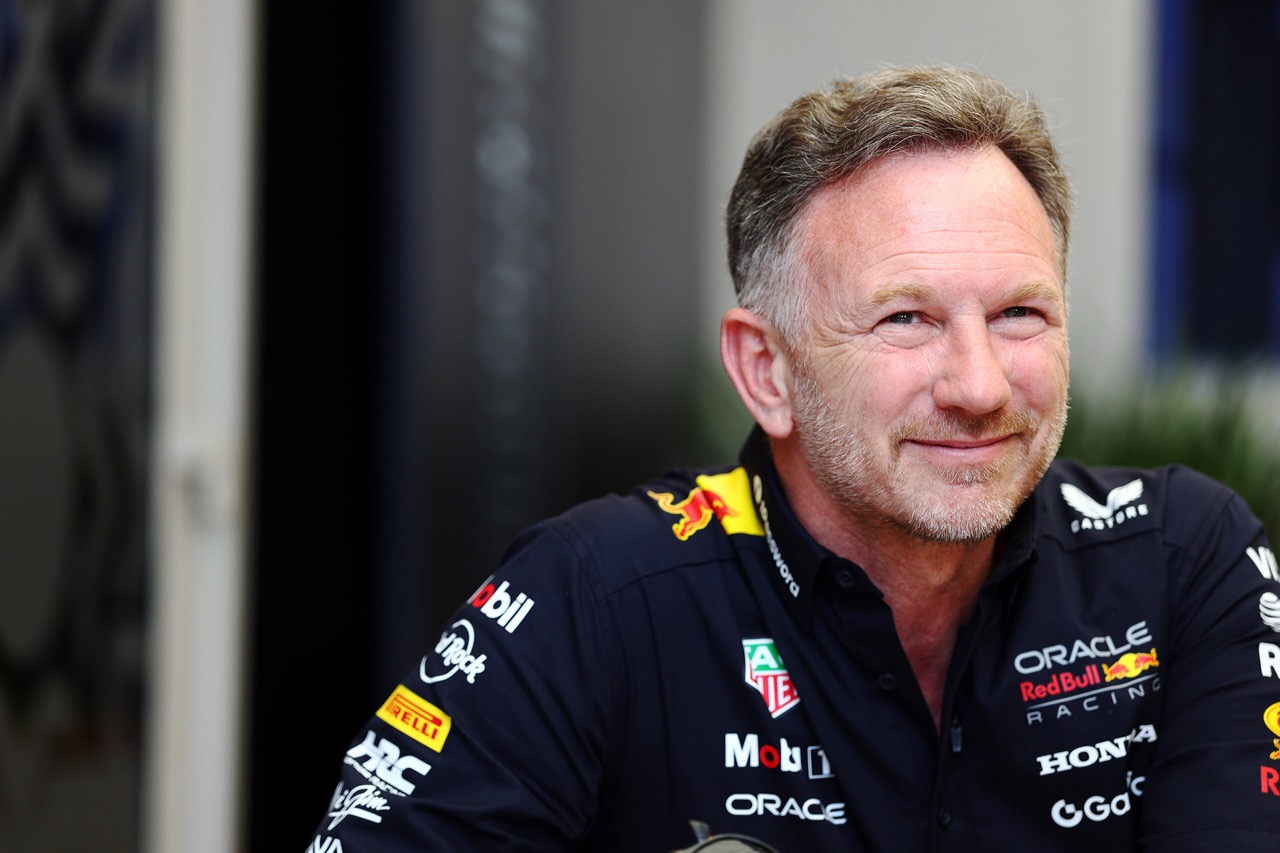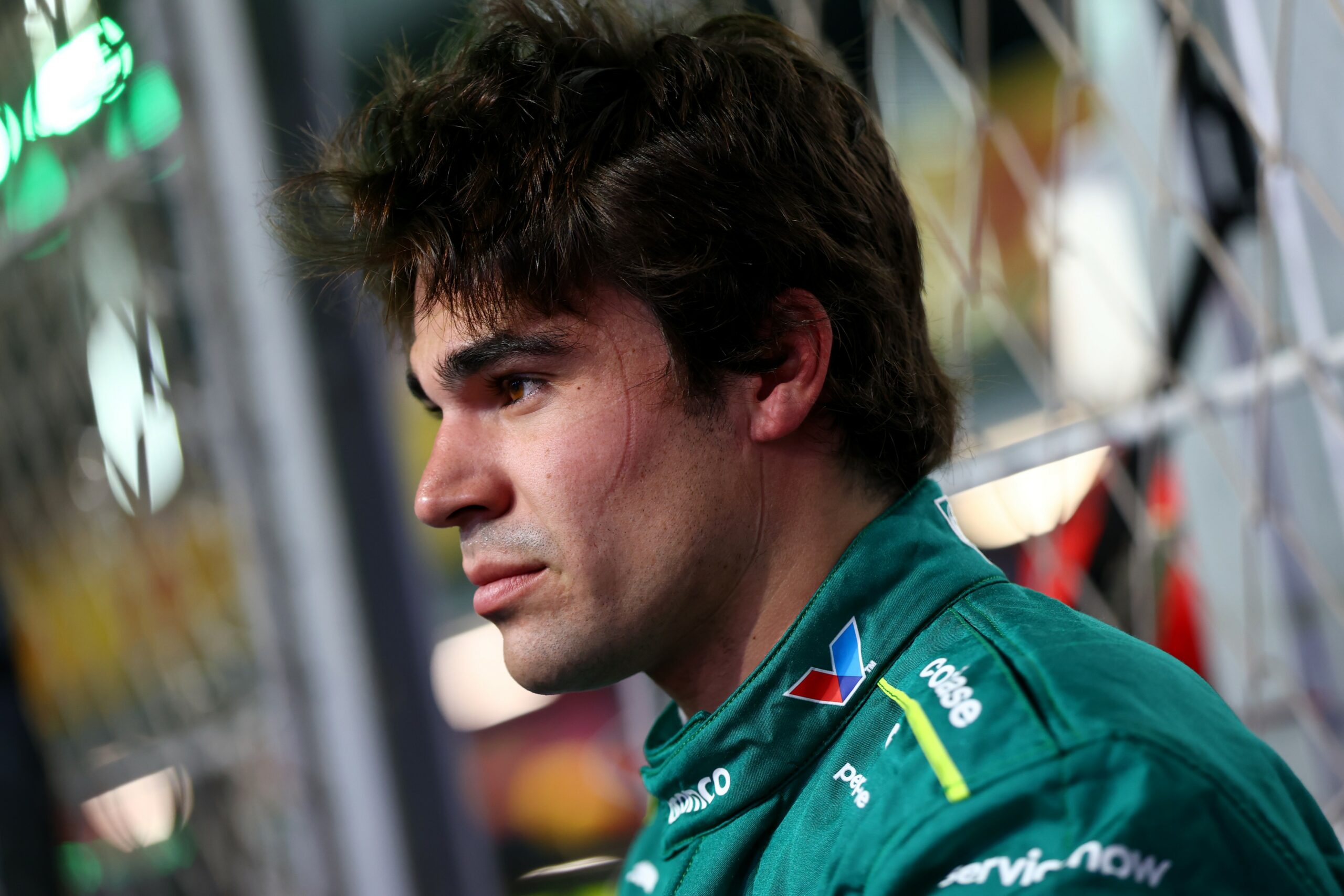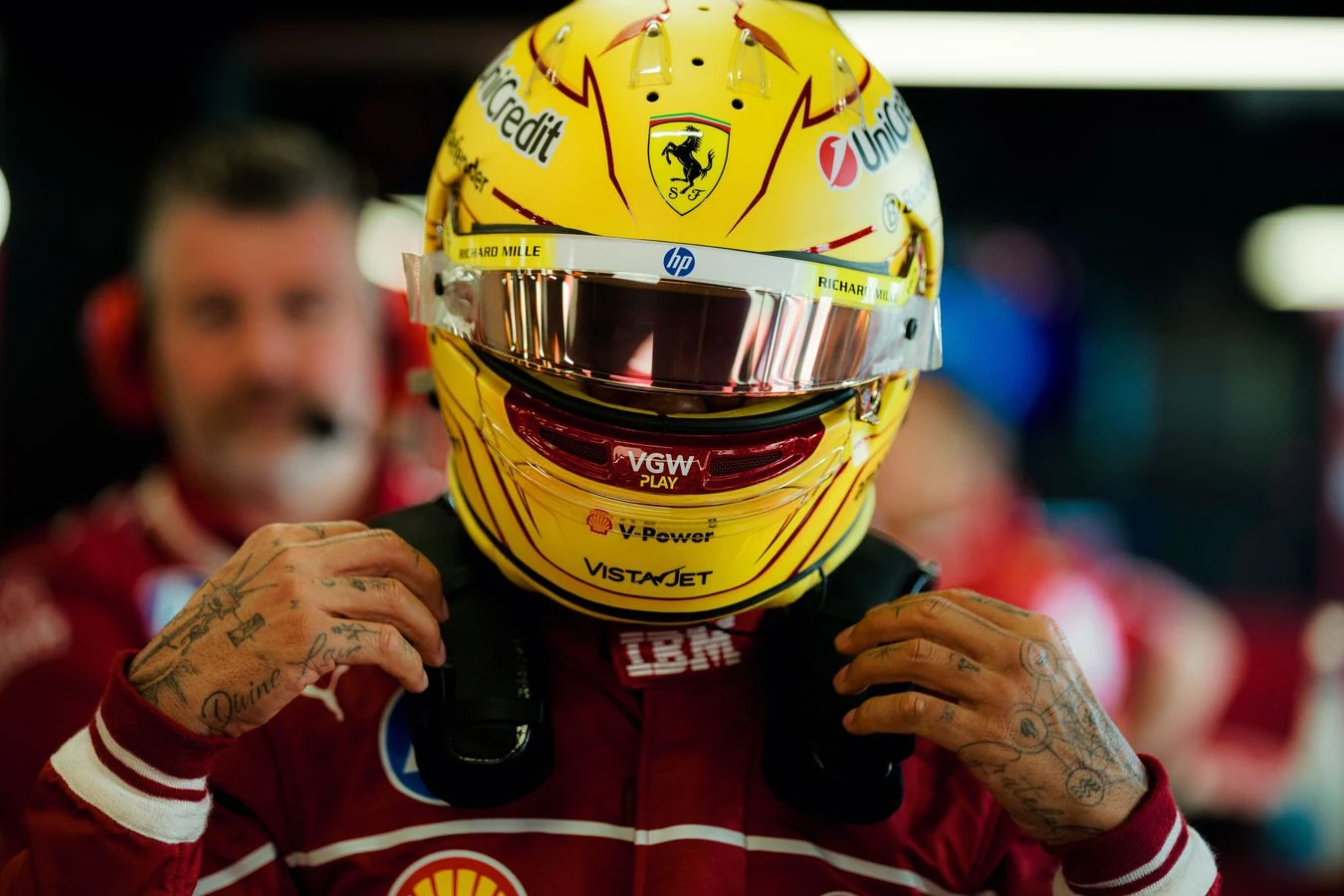The past two Formula 1 seasons have seen more oughts than peaks for Mercedes. After clinching eight consecutive constructors’ championships, Red Bull dominated the last two seasons, while Mercedes struggled following the introduction of new design regulations in 2022, managing to win just one race overall.

In 2022, the Brackley-based team’s challenges seemed linked to their choices regarding the zero sidepod design and floor, affecting the aerodynamic efficiency of their features. The car only secured a victory at the end of the season with George Russell behind the wheel, but it generally lagged behind the competition.
The team made the widely controversial decision to stick to their sidepod concept in 2023 before giving it up early in the season. Despite salvaging a second-place finish in the constructors’ standings, the car delivered disappointing results. Meanwhile, customer teams McLaren and Aston Martin progressed further in their evolution. The sole highlight was Lewis Hamilton’s pole position in Hungary.
In an interview with Sky Sports, Mercedes F1 Technical Director James Allison dispelled some of the myths he believes exist around the term “concept,” He emphasized that, in F1, concept refers to the process of determining what is effective for performance., saying: “To the mind of a designer or a performance person in F1, concept is actually nothing to do with the car,”
“It’s about a process by which you decide what good looks like, and what bad looks like. It’s your methodology for sort of sieving out all the many, many things you might put on the car and finding only the ones that you really think are going to add lap time, it’s method. The car itself is just the output of that method.”
“So when you talk to us about concept, we’re hearing, ‘What, you think our wind-tunnel weighting system wasn’t right?’ And we’ve changed that, or our way of meshing in CFD was wrong and we’ve changed the concept of that.”
“That’s what concept means to us, and the car just pops out at the far side of that when we apply that process and that concept.”
“So, of course, the last two years have required us to adjust our approach and our methodology, our concept, if you will, and as a result of that, the hardware that pops out the far side of that will necessarily be different hardware, because it’s defined by different decisions and different weightings of what’s important and what isn’t.
“You get all excited by the end result, but actually, our fate is made by the approach.”

While McLaren successfully upgraded their car mid-season, Mercedes’ changes fell short of expectations. Lewis Hamilton openly discussed the struggles with the car, and the team has publicly acknowledged that the W15 will differ significantly from its predecessor.
Allison downplayed the impact of sidepods; he acknowledges that the feature was “emblematic” of the team’s overall shortcomings, adding: “I don’t quite see the world the same way as you guys do, looking at a sidepod and deciding that’s a concept,”
“We definitely took a path with our car, and I would say that’s from the tip of the nose to the very back of the tail, which was not a competitive one. The most visually notable aspect of that was our sidepods, but by no means the definitive factor.”
“It was not right from front to back, and that’s the thing we have had to learn and have had to deal with – that’s taken us longer than we would have like.”
“But the sidepods are maybe emblematic of a team that took a little too long to figure out which way was up, but by no means the distinguishing feature that sealed our fate.”





